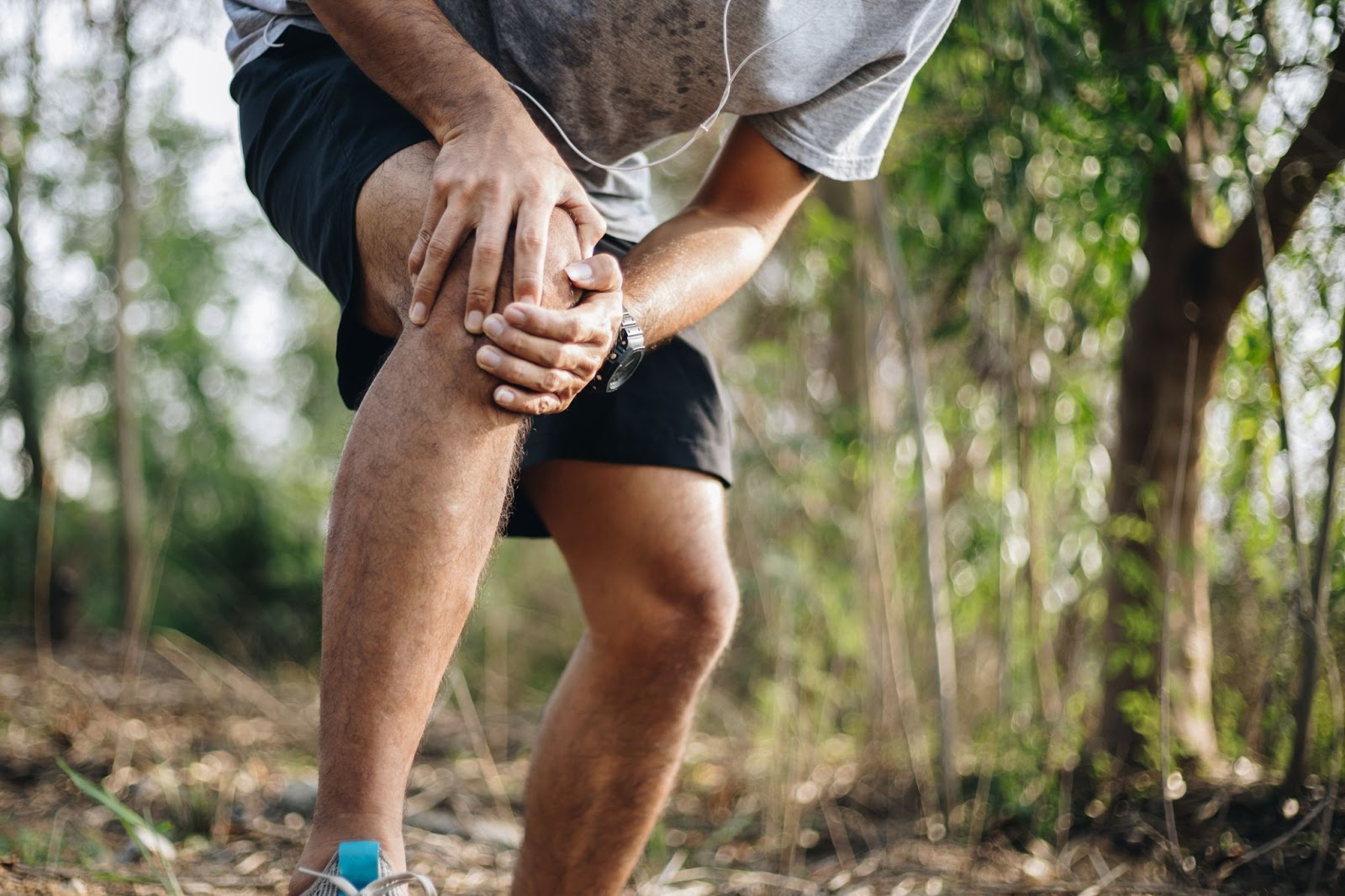Running is not only a great cardiovascular exercise, but it also strengthens joints and protects them from degeneration. On either side of the spectrum,
studies have shown that a sedentary lifestyle or long exposure to high intensity running are both associated with hip and knee osteoarthritis. However, runners in the middle of this range demonstrate lower incidences of osteoarthritis over time.
When done properly with the right shoes and informed stride, running is an effective total body activity with low injury risk. In fact, it’s a protective exercise for the joints in runners who stick to a moderate pace and practice healthy running habits.
Even in healthy runners, injuries can happen. Running can contribute to a variety of injuries, most often in the joints of the hips, knees, ankles and feet.
Below, we’ve outlined four common running injuries. If these symptoms sound familiar, we recommend reducing your running regimen and contacting a medical provider so you can begin necessary treatment right away.
Runner's Knee
Otherwise known as
patellofemoral pain syndrome, runner’s knee is caused by repeated abrasion on the kneecap and femur. This stresses the soft tissues of the patellofemoral joint and may even lead to a bone bruise. In some cases, the pain is caused by a weakening of the articular cartilage and/or swelling within the joint. Runner’s knee can be caused by overuse, poor alignment, muscle weakness and tightness, flat feet and poor patellar mobility.
Chondromalacia
This condition is caused by damage to the cartilage under the kneecap, which is a shock-absorber for the knee joint during impact activities such as walking and running. Chondromalacia can develop from injury to the joint or prolonged overuse. The most common symptom is knee pain that worsens when walking up or down stairs as well as pain while kneeling, squatting or sitting cross-legged.
Iliotibial (IT) Band Syndrome
The IT band is connective tissue that extends from the pelvic bone to the shinbone. When it becomes too tight, it can rub against the femur and cause pain. The main symptom of IT band syndrome is pain between the hips and knees that worsens with activity. It is more common in distance runners.
Meniscus Tear
There are two categories of
meniscus tears: acute and degenerative. An acute tear usually occurs when the knee is bent and forcefully twisted, while the leg is in a weight bearing position. Statistics show that about 61 of 100,000 people experience an acute tear of the meniscus. Degenerative tears are more common in mature people — as the meniscus ages, it weakens and becomes less elastic. Degenerative tears may result from minor events and there may or may not be any symptoms present.
Contact The Steadman Clinic
At
The Steadman Clinic, we’re committed to keeping people active and returning people to the activities they love. If you’ve encountered a running injury and are looking to get back on the trails safely, we’ll deliver the highest standard of orthopaedic care by taking an individualized approach to your needs. To learn more about our imaging services or to schedule an appointment, please call (970) 476-1100 or visit our
website today!


